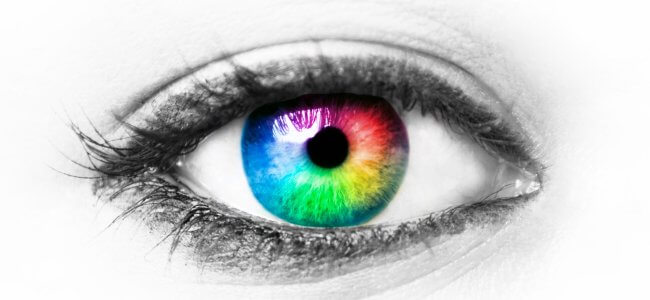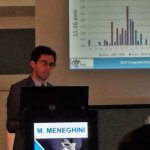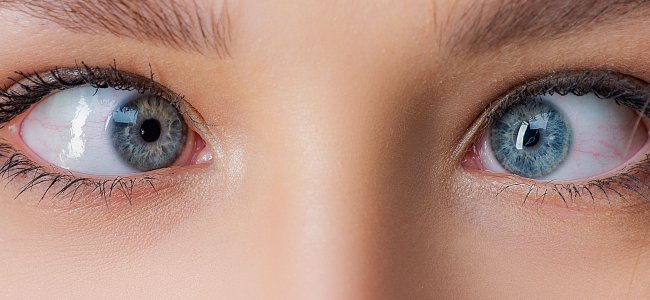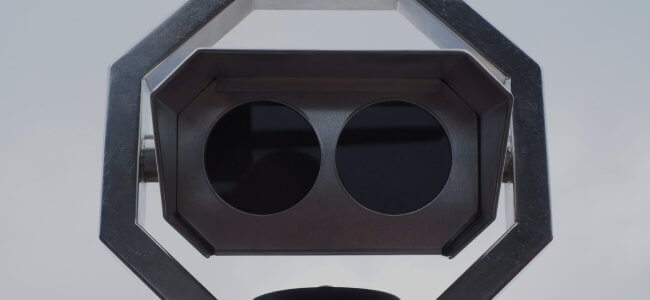Glaucoma: 112 million patients by 2040

The editorial staff of Emianopsia.com is pleased to propose a study on glaucoma, disease of the optic nerve in which eyes encounter a loss of fibres, with a consequent increase in the excavation of the optical papilla and reduction of the visual field.
This research has been carried out by Dr Fontanelli: Orthoptist Assistant in Ophthalmology, graduated in Orthoptics and Ophthalmological Assistance at the University of Siena. He currently carries out research in the field of ophthalmology at the C.N.R. foundation in Tuscany.
A progressive escalation
This pathology is one of the leading causes of poor vision in the world, affecting about 64 million people in the world, 10% of whom are bilaterally blind. The prevalence of this disease is increasing, and it has been estimated that by 2040 there will be about 112 million glaucomatous patients in the world.
How can we define glaucoma?
It is an optic neuropathy characterized by the progressive deterioration, degeneration, and death of retinal ganglion cells, with loss of the axons that form the fibres of the optic nerve.
This results in abnormalities typical of the optic nerve head and visual field changes. These can:
- arise and evolve in a short time in the acute form (therefore more evident and symptomatic).
- be asymptomatic to advanced stages in the chronic form.
- may begin in the early life, especially when congenital.
What is the main risk factor?
The main risk factor is represented by the IOP, that is the Intraocular Pressure. Its rise appears to be linked to alterations in the outflow of aqueous humour, produced by ciliary processes.
4 classifications of glaucoma:
- Primary or Secondary: regarding classification from the etiological point of view.
- Open Angle or Narrow Angle: Referring to the appearance of the iris-corneal angle.
- Congenital or Juvenile: referring to its form in adults or children.
- Chronic or Acute/Subacute: duration of its onset and progression.
What aspects should be assessed?
From a semasiological point of view, we evaluate 3 aspects:
- IOP: measurable by various methods of tonometry.
- Conformation of the irid-corneal angle.;
- Morpho-functional characteristics of the optic nerve: evaluated by various exams (ophthalmoscopy, visual field, electrophysiological examinations, and tomography with optical coherence).
A characteristic sign is the observation of the optical papilla: in normal subjects it appears to be an ovoid disk with margins well delimited by the surrounding retina. In the presence of this optic neuropathy, instead, there is a progressive increase in the papillary excavation, due to the reduction of the neuro-retinal rim, with associated enlargement and deepening of the papilla.
Examination of the vision field
It is fundamental, in the evaluation of the patient, to examine the visual field that can be perceived by a motionless eye, fixed forward, at a given moment. The extension of the field of view in normal situations reaches:
- 50 superiorly
- 70 Inferiorly;
- 90 temporally;
- 60 nasally
About 15 months in time at the point of fixation, we can observe the blind spot, which represents a small point of “non vision”, due to the physiological absence of receptors at the retinal level.
These limitations and characteristics of the field of view will be altered in various shades of severity in the presence of glaucoma. For example:
- at the initial stage, the blind spot may be enlarged (among other defects).
- generalized depressions and altitude defects may occur in the established stages.
- finally you will have the pre-terminal and terminal stages with islands of central areas and temporal islets as visual residues.
IOP values and Ocular Hypotensive Therapy
The normal values of the IOP vary between 12 and 19/20 mmHg and must also be compared to the values of pachymetry, or corneal thickness, (if the pachymetry is greater than 520 μm the IOP may be overestimated). In case of pathological values, the only possible therapy for this optic neuropathy is the Hypotensive Ocular one, in which, through the administration of various drugs, we try to lower the pressure inside the eyeball.
Other methods of treatment
Given the chronic nature of this pathology, the drugs provided for the average therapy of such a pathology should be taken throughout the patient’s life. There are also various laser treatment (which are applied, depending on the case, both in situations of open and closed corners), and surgical applications.
The symptoms of glaucoma
Various symptoms reported by the patient are: blurred vision, feeling as if they are “seeing less”, and the banging or stumbling on doors or furniture that the patient reports not having “noticed” or seen, as well as the presence of scotoma, and reduction in vision.
It is important to remember, however, that glaucomatous damage can develop even in the presence of normal IOP. All types of patient assessment are therefore important, and above all a clear, transparent, and attentive dialogue, while looking for symptoms and signs that can make us suspect of this optical neuropathy.
We thank Dr Fontanelli for this study on glaucoma, a problem so widespread that, forecasts in hand, is likely to spread more and more in the coming years.
Do not miss Field of vision: the point of view of patients with deficits: interview that Dr Fontanelli gave to the editorial staff of Emianopsia.com, an interesting interview in which we tried to play the role of patients, trying to get closer to understand what their needs and problems are.

You are free to reproduce this article but you must cite: emianopsia.com, title and link.
You may not use the material for commercial purposes or modify the article to create derivative works.
Read the full Creative Commons license terms at this page.









